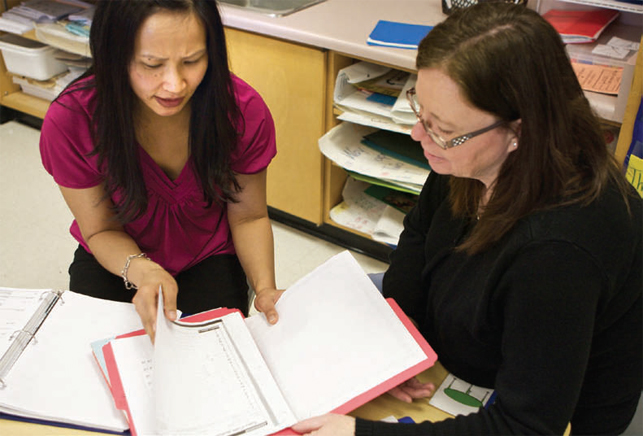

Several of these domains, including teachers’ interactions with students, classroom organization, and emphasis on critical thinking within specific content areas, aim to support students’ development in areas beyond their core academic skill. The first tradition has focused on observations of classrooms as a means of identifying unique domains of teaching practice ( Blazar, Braslow, Charalambous, & Hill, 2015 Hamre et al., 2013). In recent years, two research traditions have emerged to test this theory using empirical evidence. High-quality teachers are thought and expected not only to raise test scores but also to provide emotionally supportive environments that contribute to students’ social and emotional development, manage classroom behaviors, deliver accurate content, and support critical thinking ( Cohen, 2011 Lampert, 2001 Pianta & Hamre, 2009).

In fact, these sorts of attitudes and behaviors are stronger predictors of some long-term outcomes than test scores ( Chetty et al., 2011).Ĭonsistent with these findings, decades worth of theory also have characterized teaching as multidimensional.

Longitudinal studies document the strong predictive power of measures of childhood self-control, emotional stability, persistence, and motivation on health and labor market outcomes in adulthood ( Borghans, Duckworth, Heckman, & Ter Weel, 2008 Chetty et al., 2011 Moffitt et. 1 For example, psychologists find that emotion and personality influence the quality of one’s thinking ( Baron, 1982) and how much a child learns in school ( Duckworth, Quinn, & Tsukayama, 2012). However, a substantial body of evidence indicates that student learning is multidimensional, with many factors beyond their core academic knowledge as important contributors to both short- and long-term success. Empirical research on the education production function traditionally has examined how teachers and their background characteristics contribute to students’ performance on standardized tests ( Hanushek & Rivkin, 2010 Todd & Wolpin, 2003).


 0 kommentar(er)
0 kommentar(er)
